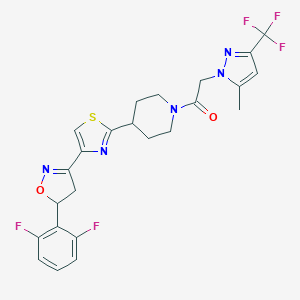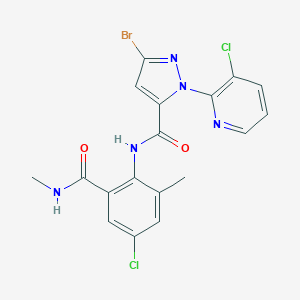Bees affected by Neoniconoid pesticides
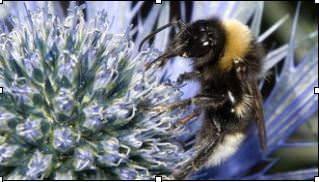
Some scientific studies show that pesticides harm bees
- Image PAScientists say they have found the "missing link" in the debate over the risk of pesticides to bees.
French researchers say neonicotinoid pesticides harm individual honeybees, but whole colonies are able to recover in the wild.
This accounts for discrepancies between lab and field studies, they report in Royal Society journal Proceedings B.
A Europe-wide ban on neonicotinoid use on flowering crops is due to be reviewed at the end of the year.
It was introduced two years ago.
The population inside the hive was able to compensate for the increased loss of worker honeybees by increasing brood production
Dr Mickael Henry , INRA, Avignon
The debate over the use of neonics has centred on discrepancies between toxicity assessments in the laboratory, where bees are dosed artificially with insecticide, and the findings of field trials in the countryside.
The big unanswered question is whether harmful effects seen in lab studies occur in real-life conditions and cause population declines.
The new research provides an explanation for the "missing link", say French researchers.
Their monitoring of tagged honeybees in the wild suggests bees foraging around treated crops die off at a faster rate than normal.
However, colonies are able to make up for those dying off by boosting the number of worker bees in the hive.
Lead researcher Dr Mickael Henry of the French National Institute for Agricultural Research, INRA, in Avignon, said the average life expectancy for an individual honeybee foraging on crops treated with neonics is lower than expected.
He told BBC News: "We could find evidence of troubles at the individual scale in the field but these troubles were compensated for by the colonies.
"The population inside the hive was able to compensate for the increased loss of worker honeybees by increasing brood production."
A field study found harmful effects on the solitary bee - copyright Morgan Boch
Dr Scott Hayward of the University of Birmingham, who was not connected with the study, said the work "re-ignites arguments to ban neonics", and similar studies are now needed on other pollinator species.
His comments were echoed by Dr Christopher Connolly of the University of Dundee.
"It is important to remember that all other insect pollinators do not possess the enormous buffering capacity of honeybees and are therefore more acutely at risk to the impact of pesticides," he said.
Dr Peter Campbell of the pesticide manufacturer Syngenta said while the study raised unanswered questions "reassuringly... there were still no effects reported at the colony level".
And Dr Alan Dewar of Dewar Crop Protection Ltd, added: "The conclusions from this work, which are very simple in contrast to the study itself, show that bees, or at least honey bees, can compensate for adverse effects of pesticides in their environment."
Emergency lifting
Bees are in decline in Europe and North America due to a number of factors, including pesticides, habitat loss and diseases.
Neonicotinoids contain synthetic chemicals similar to nicotine, which as a plant toxin is damaging to insects.
In the UK, the government has temporarily lifted a ban on neonicotinoid pesticides in parts of England.
Following an emergency application by the National Farmers Union, two neonicotinoid pesticides can temporarily be used in four counties on oilseed rape crops.
Story courtesy of BBC Science News
What's New from Chem Service
Chem Service Certified Reference Standards
Established in 1962 Chem Service is the largest independent supplier of Analytical Reference Materials and the original source of small quantities of organic chemicals. Chem Service also has over 2,000 Pesticide Standards, including Pesticide Standards for Cannabis in its catalogue. Chem Service offers Custom made Standards manufactured to your specific requirements, all standards are accredited to ISO 17043:2016; ISO/IEC 17025:2005; ISO 9001:2015 Quality Management System.
Over 95% of Chem Services’ neat Standards Grade materials have a purity of 98.0% or greater.
Chem Services’ worldwide customers are found in the chemical, government, food quality, agricultural and life science research communities.
Pesticide Reference Standards recently added to our website:
2,3',4',5-tetrabromodiphenyl ether(BDE 70) Solution (CAS # 446254-39-3)
o,o,o-Tripropyl thiophosphate (CAS # 2272-08-4)
2,6-Dibromobiphenyl ether (BDE 10) Solution (CAS# 51930-04-2)
Uses: Flame retardant
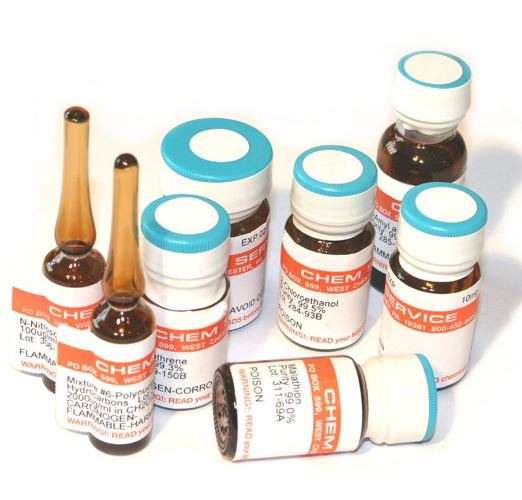
Oxathiapiprolin (CAS# 1003318-67-9)
Part Number : N-14266-10MG
CAS#: 1003318-67-9
Chemical formula: C24H22F5N5O2S
Pesticide type: Fungicide
Substance group: Piperidinyl thiazole isoxazoline
Mode of action: Systemic, preventative with residual disease control. It acts via an oxysterol binding protein.
2-Bromodiphenyl ether (BDE 1) Solution (CAS# 7025-06-1)
Chlorantraniliprole (CAS # 500008-45-7)
Part #: N-11422-25MG
Cas: 500008-45-7
Molecular Formula: C18H14BrCl2N5O2
Pesticide type: Insecticide
Substance group: Anthranilic diamide
Mode of action: Exhibits larvicidal activity as an orally ingested toxicant by targeting and disrupting the Ca2+ balance; Ryanodine receptor (Group 28)
Chlorantraniliprole Solution (CAS # 500008-45-7)
Part Number: S-11422A1-1ML
Cas: 500008-45-7
Please visit our website to see pricing for Chem Service products. You may benefit from a discount to the prices shown if you are placing orders for multiple items, please contact sales@greyhoundchrom.com for a quotation. Please note you will be required to register to the website in order to view prices.
Multilingual MSDS avaliable, please email us to find out more using info@greyhoundchrom.com
CONTACT US
Tel: +44 (0) 151 649 4000
Email: marketing@greyhoundchrom.com
FOLLOW US
YOU MAY ALSO BE INTERESTED IN OUR NEWSLETTER
About The Author
Susan Massie, Sales & Marketing Director, Greyhound Chromatography and Allied Chemicals Email: sue@greyhoundchrom.com
Susan Massie is the Sales & Marketing Director for Greyhound Chromatography and Allied Chemicals, affectionately known as 'Greyhound' in our scientific community. Greyhound was founded by Susan's husband Paul Massie almost 40 years ago, Susan hasn't been in the business for all of that time but has been involved with Greyhound for over 17 years. Greyhound continues to grow, expanding into new markets and taking on the challenges of our ever changing environment. It's heartwarming to witness the world waking up to the fact that we are damaging our planet on a daily basis. Every action we take has a direct effect on our planet and the world we leave behind for future generations. Susan is passionate about climate change and is happy to work in an industry that can have a direct effect on reducing the impact of our actions on the environment. All of the team at Greyhound take our responsibilities very seriously, the products that we supply are used by the world's leading scientists and chemists as they endeavour to monitor and repair the environment. All is not lost, if we all take responsibility for our actions, from reducing our waste and reusing or recycling our material collateral we can make a difference. The internet is full of useful advice and guidance, Susan is proud to contribute to that wealth of knowledge whenever she can.
Greyhound prides itself on personal service which provides prompt, efficient, cost-effective, safe delivery of all products. Greyhound provides technical advice and distribution of Certified Reference Standards and Materials, Laboratory Consumables, Solvents and Reagents across all scientific disciplines. Greyhound Chromatography offers over 1 Million products from its UK warehouse. The team at Greyhound are proud to support the work of the world's leading scientists and chemists as they challenge the abuse of our planet and try to make a difference to the world we leave behind for our ancestors.
You can view Susan's Linked In Profile here https://www.linkedin.com/in/susan-massie-79ab4121/


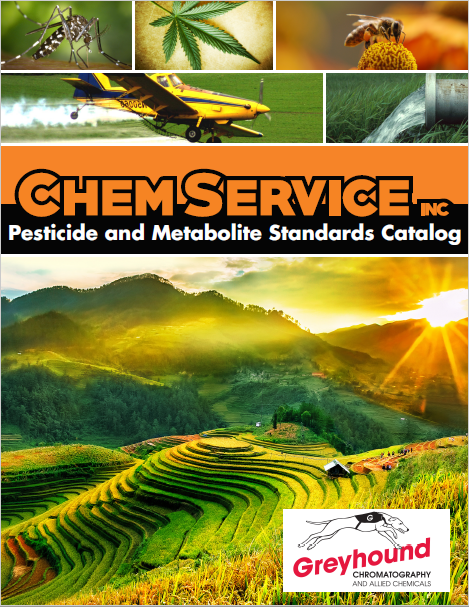
.jpg)
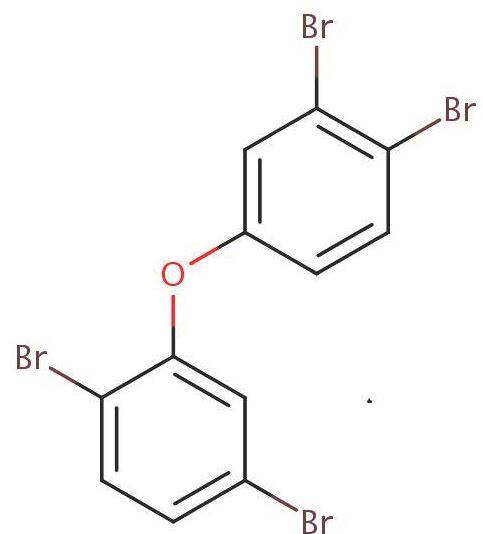

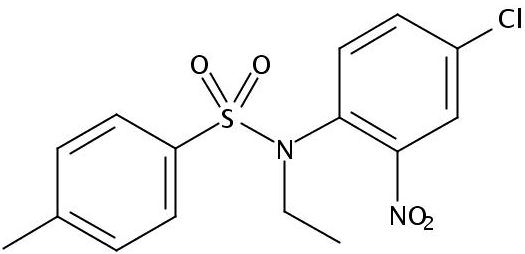
 Solution 3.PNG)
